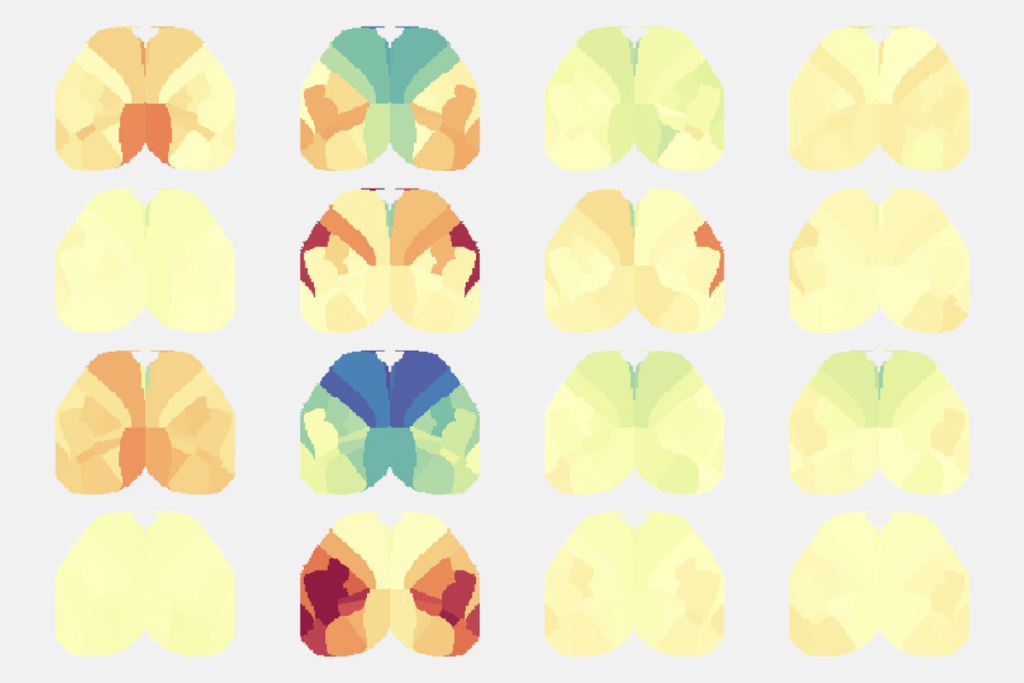
Alterations to cerebellum are unifying feature in autism mice
Mouse models of autism share a key structural anomaly: an unusually small cerebellum, a region that coordinates movement.
Mouse models of autism share a key structural anomaly: an unusually small cerebellum, a region that coordinates movement. The unpublished results were presented yesterday at the 2017 International Meeting for Autism Research in San Francisco, California.
The study also revealed discrepancies between the size of the cerebellum and that of sensory and cognitive regions of the cerebral cortex in these models. The results suggest poor connectivity between these regions in autism, says lead researcher Jacob Ellegood, a research associate at the Mouse Imaging Centre at the Hospital for Sick Children in Toronto, Canada. “We’re seeing some sort of long-range connectivity issue,” he says.
For the past seven years, Ellegood and his team have been collecting brains from autism mouse models and looking for unifying features among disparate causes of autism. For the new study, they compiled 60 of these models — more than 1,500 mice. They found that a small cerebellum is one of the most consistent differences between the autism mice and controls.
The cerebellum is found in creatures as distant from humans as amphibians. Originally thought to be a motor region, it is now known to play an important role translating sensory information into action, and in cognitive functions such as language. Several studies have implicated it in autism.
“Discovering a cerebellar disruption across autism models is of major interest,” says Sam Wang, professor of molecular biology at Princeton University, who was not involved in the study. “The Ellegood structural finding is consistent with the idea that the cerebellum is a major point of convergence of autism genes,” he says.
Reaching out:
The researchers looked at volume changes in four regions of the cerebellum in all of the mice. As a group, the autism mouse models have smaller deep cerebellar nuclei than control mice. Neurons project outward from these nuclei to other places in the brain.
The researchers then looked for correlations between the size of the deep cerebellar nuclei and that of other brain regions. Brain areas that appear to grow at the same rate are likely to be functionally connected1.
Mouse models of autism are less likely than control mice to show a size correlation between the deep cerebellar nuclei and specific regions of the cortex. This finding suggests the mouse models have reduced connectivity between the cerebellum and these cortical regions. The regions include two that process sensory information and one that makes decisions based on this information.
Conversely, the data indicate nothing atypical about the connections between the deep cerebellar nuclei and three other regions, including the thalamus, a sensory relay center.
“While I have some reservations about using structural data to conclude functional connectivity, the data are interesting and lead to novel, testable hypotheses,” says Craig Powell, associate professor of neurology at the University of Texas Southwestern in Dallas, who was not involved in the study.
It is not yet clear how communication glitches between the cerebellum and the cerebral cortex might lead to autism, but the findings are consistent with other studies that suggest a role for the cerebellum in autism, says Wang.
“The relationship between the neocortex and cerebellum is one of the most mysterious in neuroscience: It’s a major pathway, most of it is probably non-motor, and we don’t really know what it does,” he says.
For more reports from the 2017 International Meeting for Autism Research, please click here.
References:
- Evans A.C. Neuroimage 80, 489-504 (2013) PubMed
Recommended reading
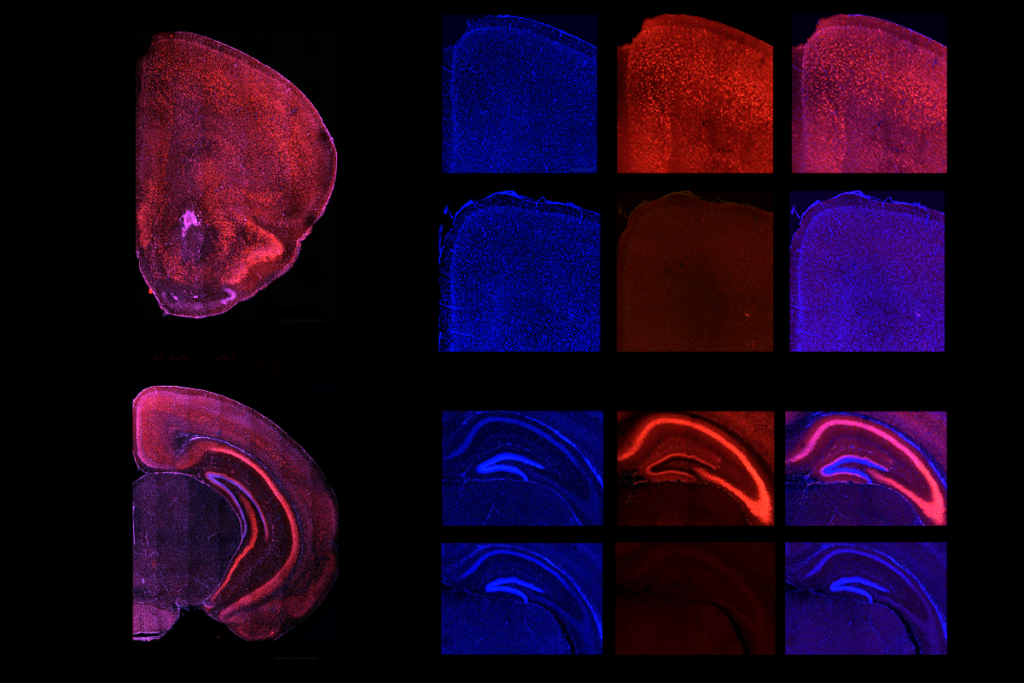
Ramping up cortical activity in early life sparks autism-like behaviors in mice
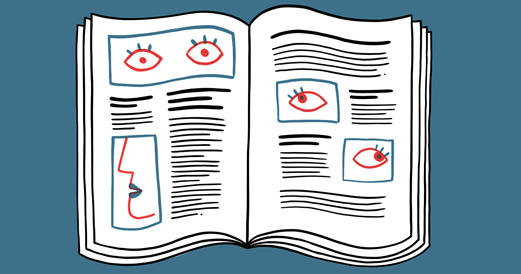
New method identifies two-hit genetic variation in autism; and more
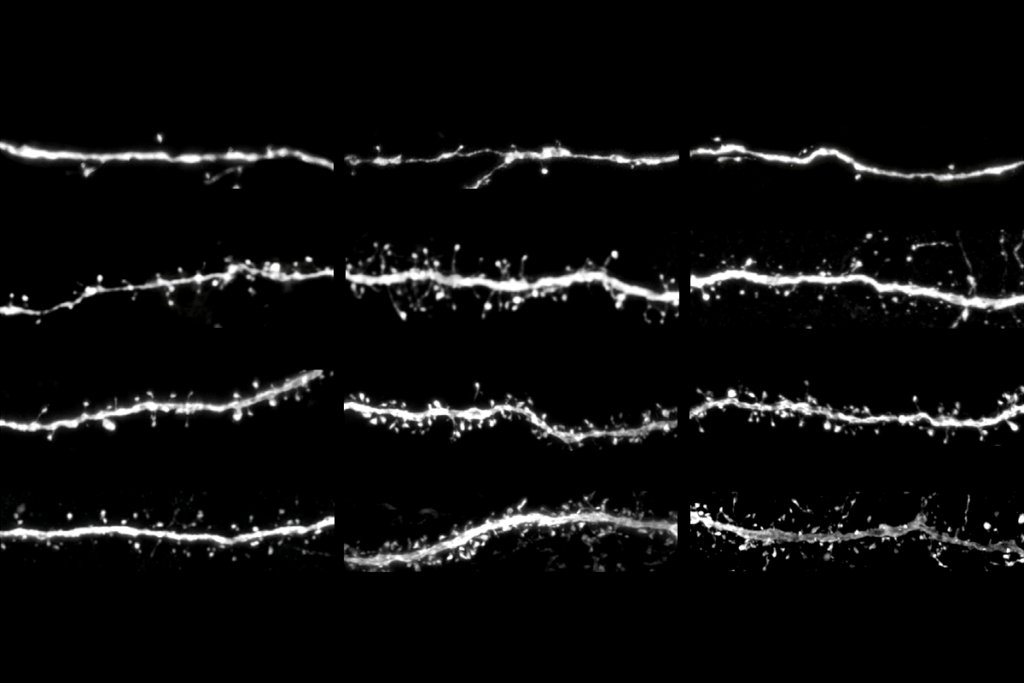
Protein tug-of-war controls pace of synaptic development, sets human brains apart
Explore more from The Transmitter
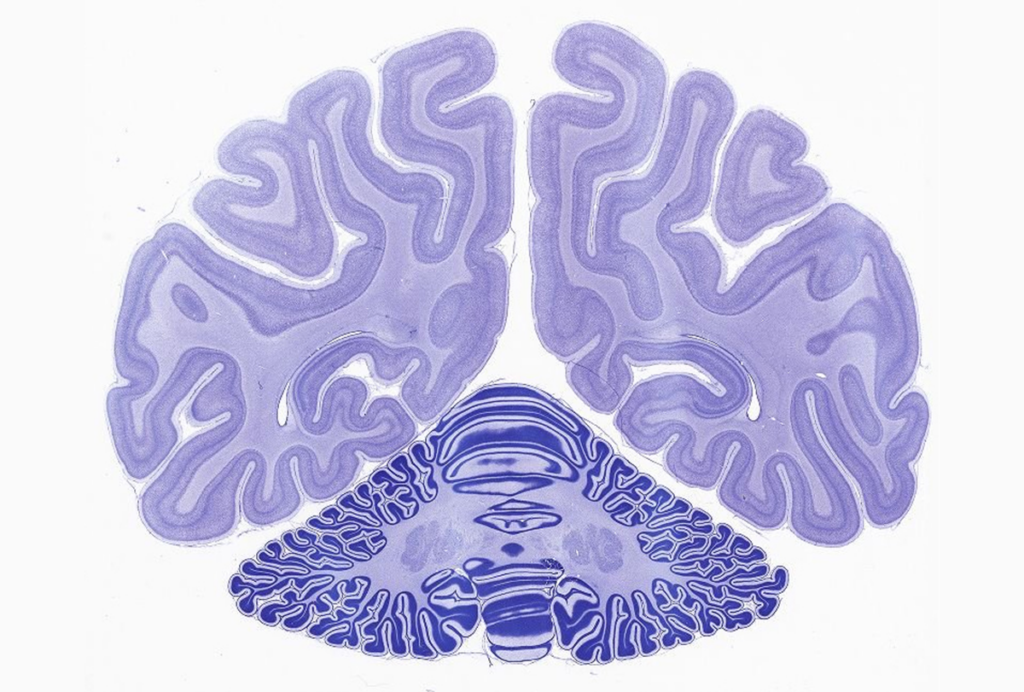
Nonhuman primate research to lose federal funding at major European facility
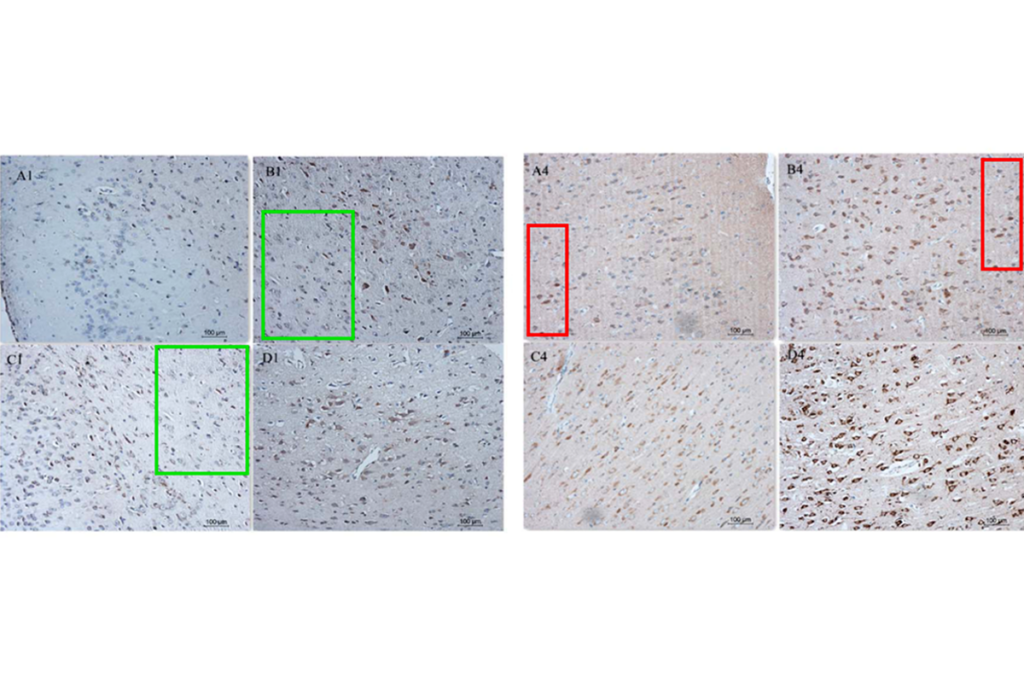
Image integrity issues create new headache for subarachnoid hemorrhage research
